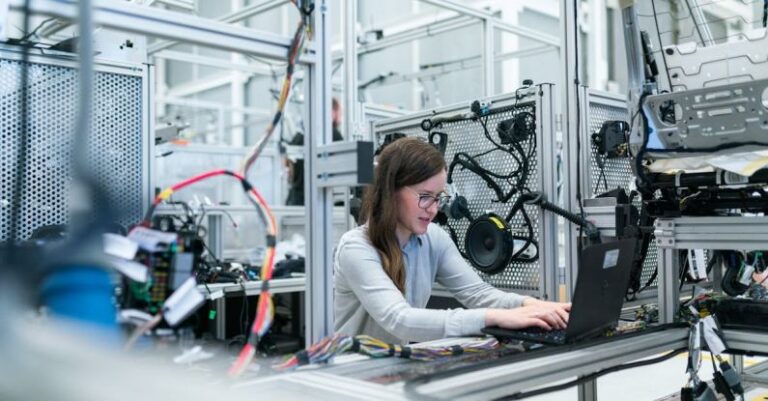
Advancements in technology have revolutionized the way we interact with robots. From traditional physical buttons to voice commands and gestures, the evolution of human-robot interaction has been nothing short of extraordinary. One of the latest trends gaining momentum in the robotics industry is touchless interfaces. These interfaces enable users to interact with robots without the need for physical contact, offering a more intuitive and hygienic way of communication. But are touchless interfaces the future of robotics interaction? Let’s delve into this intriguing question.
Touchless Interfaces: A New Era of Interaction
Touchless interfaces utilize a range of technologies such as computer vision, depth sensing, voice recognition, and gesture control to enable users to interact with robots through natural movements and commands. By eliminating the need for physical touch, these interfaces offer a more seamless and engaging user experience. Imagine controlling a robot with a simple wave of your hand or speaking a command from across the room – this level of convenience and accessibility is what touchless interfaces bring to the table.
Enhanced User Experience and Accessibility
One of the key advantages of touchless interfaces is the enhanced user experience they provide. By removing physical barriers between humans and robots, users can interact more naturally and intuitively with robotic systems. This not only makes the interaction process more enjoyable but also increases the accessibility of robots to a wider range of users, including those with physical limitations.
Improved Hygiene and Safety
In today’s world, where hygiene and safety are paramount concerns, touchless interfaces offer a hygienic way of interacting with robots. By eliminating the need for physical contact, these interfaces reduce the risk of cross-contamination and the spread of germs. This is particularly important in environments where multiple users interact with the same robot, such as in healthcare settings or public spaces.
Applications Across Various Industries
Touchless interfaces have the potential to transform the way robots are used across a wide range of industries. In healthcare, for example, touchless interfaces can enable surgeons to control robotic surgical systems without the need to touch any physical controls, reducing the risk of infections during procedures. In retail, touchless interfaces can provide a more interactive shopping experience, allowing customers to browse products and make purchases using gestures and voice commands.
Challenges and Limitations
While touchless interfaces offer numerous benefits, they also come with their own set of challenges and limitations. One of the main challenges is the need for robust and reliable technology to ensure accurate gesture recognition and voice control. Additionally, privacy concerns related to voice data and gesture tracking must be addressed to ensure user trust and compliance with data protection regulations.
The Road Ahead: Embracing Touchless Interfaces in Robotics
As we look towards the future of robotics interaction, it is clear that touchless interfaces have a significant role to play. By offering a more natural, intuitive, and hygienic way of interacting with robots, touchless interfaces have the potential to revolutionize the field of robotics and enhance the user experience across various industries. To fully realize the benefits of touchless interfaces, continued research and development are essential to overcome existing challenges and drive innovation in human-robot interaction. As technology continues to advance, touchless interfaces are poised to become the new standard in robotics interaction, paving the way for a more connected and user-friendly future.





